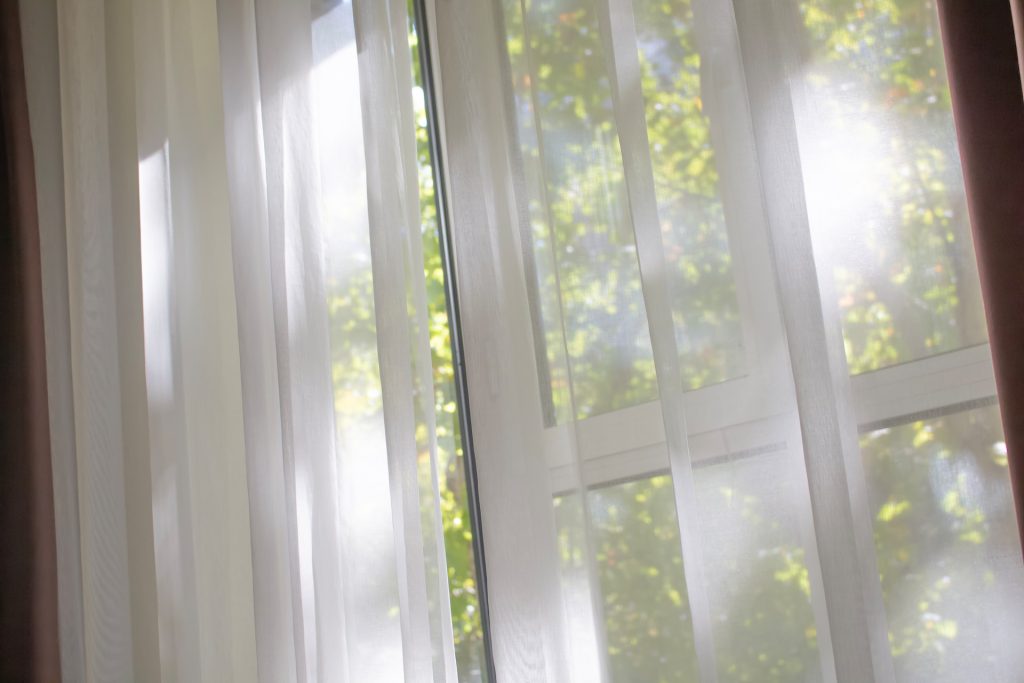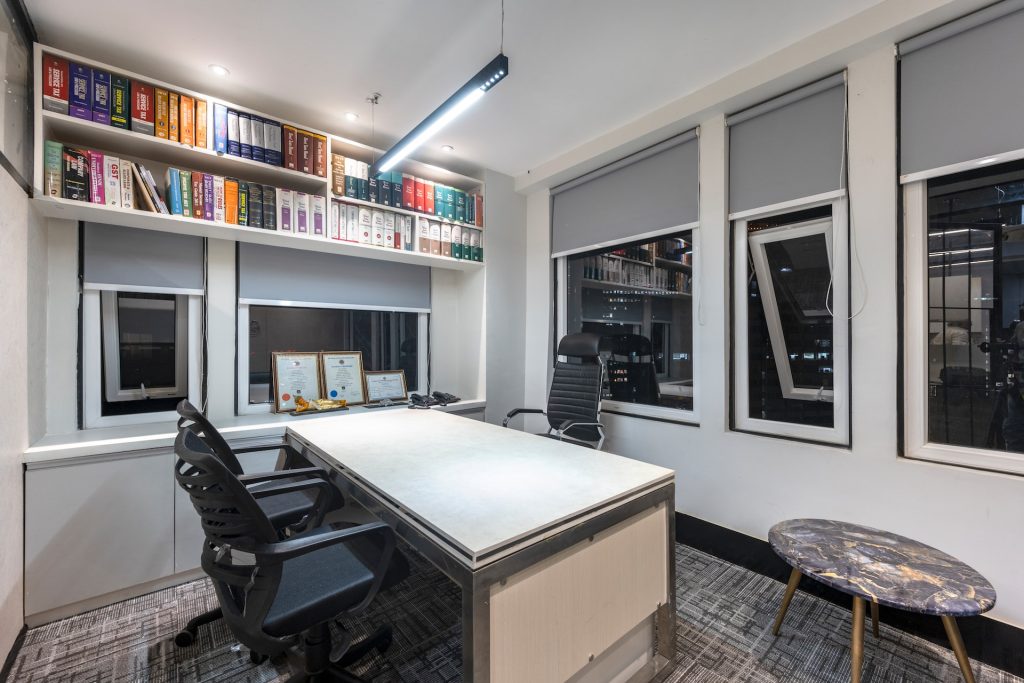
Natural light is more than just a way to illuminate your home; it’s a key element that influences our mood, well-being, and even our connection to the outdoors. What window design is best for your home? Are skylights a good idea? Strategic window design allows you to harness the power of natural light, creating a brighter, more inviting living space while reducing dependence on artificial lighting.
Window Types: Choosing the Right Light Transmitters
The type of window you choose is crucial in how much natural light enters your home. What size window is best? Should you choose double-hung windows or slider windows? And are skylights a good idea for your home? Here’s a breakdown of popular window options and their light-transmitting capabilities:
- Double-Hung Windows: These classic windows feature two vertically sliding sashes, allowing for excellent ventilation and light control. The size and placement of these windows significantly impact the amount of natural light streaming in.
- Casement Windows: These windows hinge on the side and open outward, offering a wider opening and unobstructed views. Large casement windows maximize light in rooms with limited wall space.
- Awning Windows: These windows hinge at the top and open outward, providing ventilation even during rain. While not the best for direct light, they can be strategically placed to bring in natural light from higher angles.
- Slider Windows: These windows feature horizontally sliding sashes, offering a sleek and space-saving option. Large sliders can capture panoramic views and maximize light, especially for backyards or patios.
Beyond the Basic Types
Don’t forget the power of natural light from above! Strategically placed skylights in hallways, bathrooms, or even living areas can bathe your space in diffused natural light, creating a sense of openness.
Consider specialty windows for unique light effects. Clerestory windows, placed high on walls, bring in natural light without compromising privacy. Corner windows create a dramatic effect and offer expansive views, while transom windows positioned above doorways allow light to flow between rooms.
Window Placement: Capturing Light Throughout the Day
The location of your windows is just as important as the type. Here are some key considerations for optimal window placement:
- South-Facing Windows: These windows capture the most sunlight throughout the day, ideal for living rooms, kitchens, and family rooms where you crave warmth and brightness.
- North-Facing Windows: North-facing windows offer softer, diffused light year-round, making them perfect for bedrooms, bathrooms, and home offices where you might desire a cooler and more balanced light.
- East-Facing Windows: These windows usher in the warm glow of morning sunlight, perfect for energizing your kitchen or breakfast nook.
- West-Facing Windows: While they bring in beautiful afternoon light, west-facing windows can also generate significant heat gain. Consider overhangs, awnings, or strategically placed trees to mitigate the afternoon sun’s intensity.
Think about window size and quantity in relation to the room’s dimensions. A larger window on a south-facing wall might be enough to illuminate a smaller room, while a larger space might benefit from multiple windows strategically placed on different walls.
Natural Light Control: Finding the Perfect Balance
While natural light is desirable, it’s crucial to have ways to manage its intensity. Here’s how to achieve a balanced approach:
- Overhangs and Awnings: These exterior features provide shade during the hot summer months, preventing excessive heat gain and protecting your furniture from UV damage.
- Window Treatments: Explore a variety of window treatments like blinds, shades, and curtains to control the amount of light entering a room. Consider light filtering options for diffused light or blackout options for complete light control in bedrooms.
- Strategic Landscaping: Deciduous trees planted near west-facing windows can provide shade during the summer and allow warming sunlight in the winter when they lose their leaves.
Optimal window design is an art and a science. Consider consulting with an architect or window specialist who can assess your home’s layout, sun patterns, and your specific needs to create a window plan that maximizes natural light while maintaining comfort and energy efficiency throughout the year.
By carefully considering window types, placement, and natural light control strategies, you can transform your home into a light-filled haven that looks beautiful and fosters a sense of well-being and connection to the natural world.







